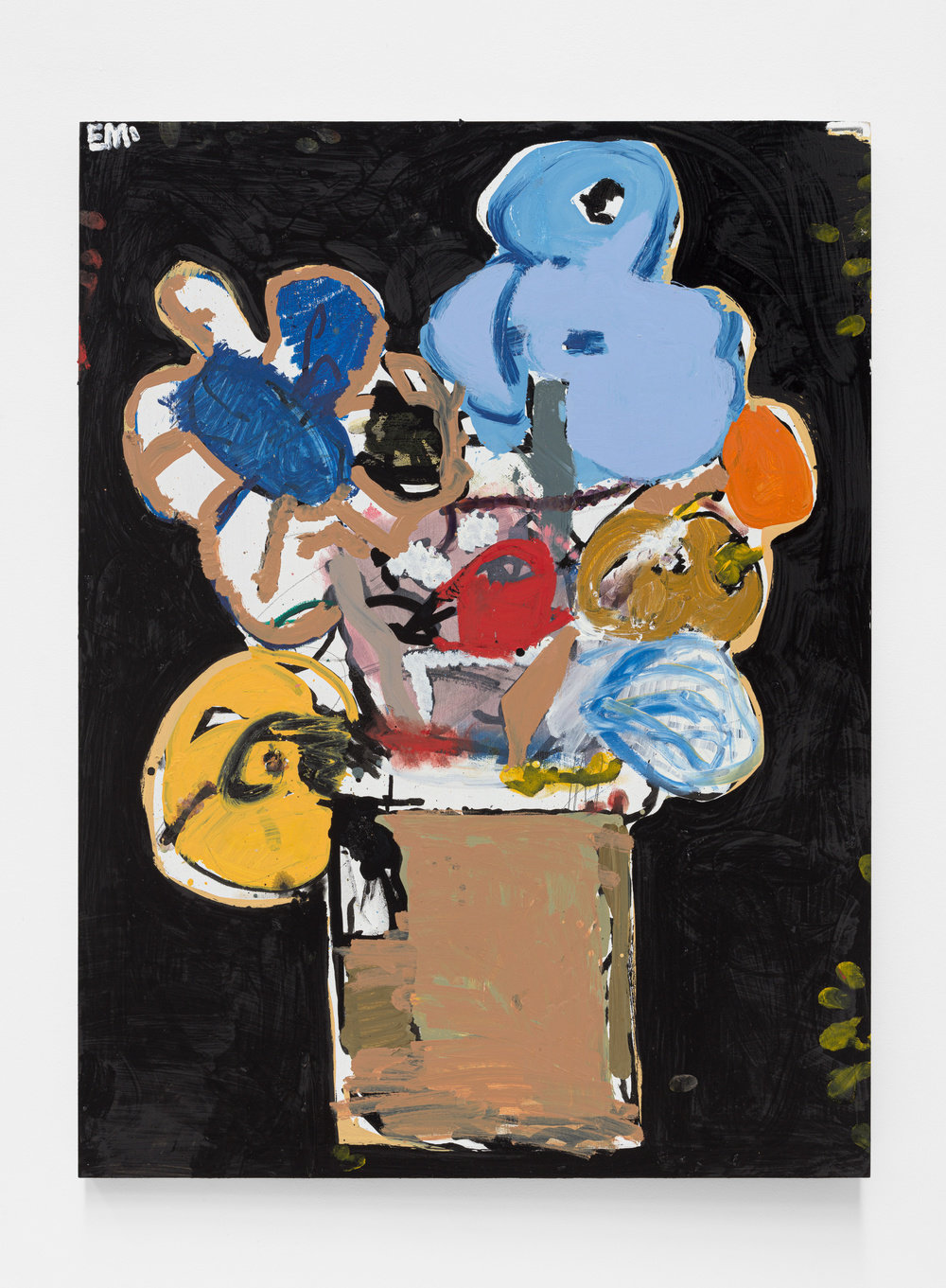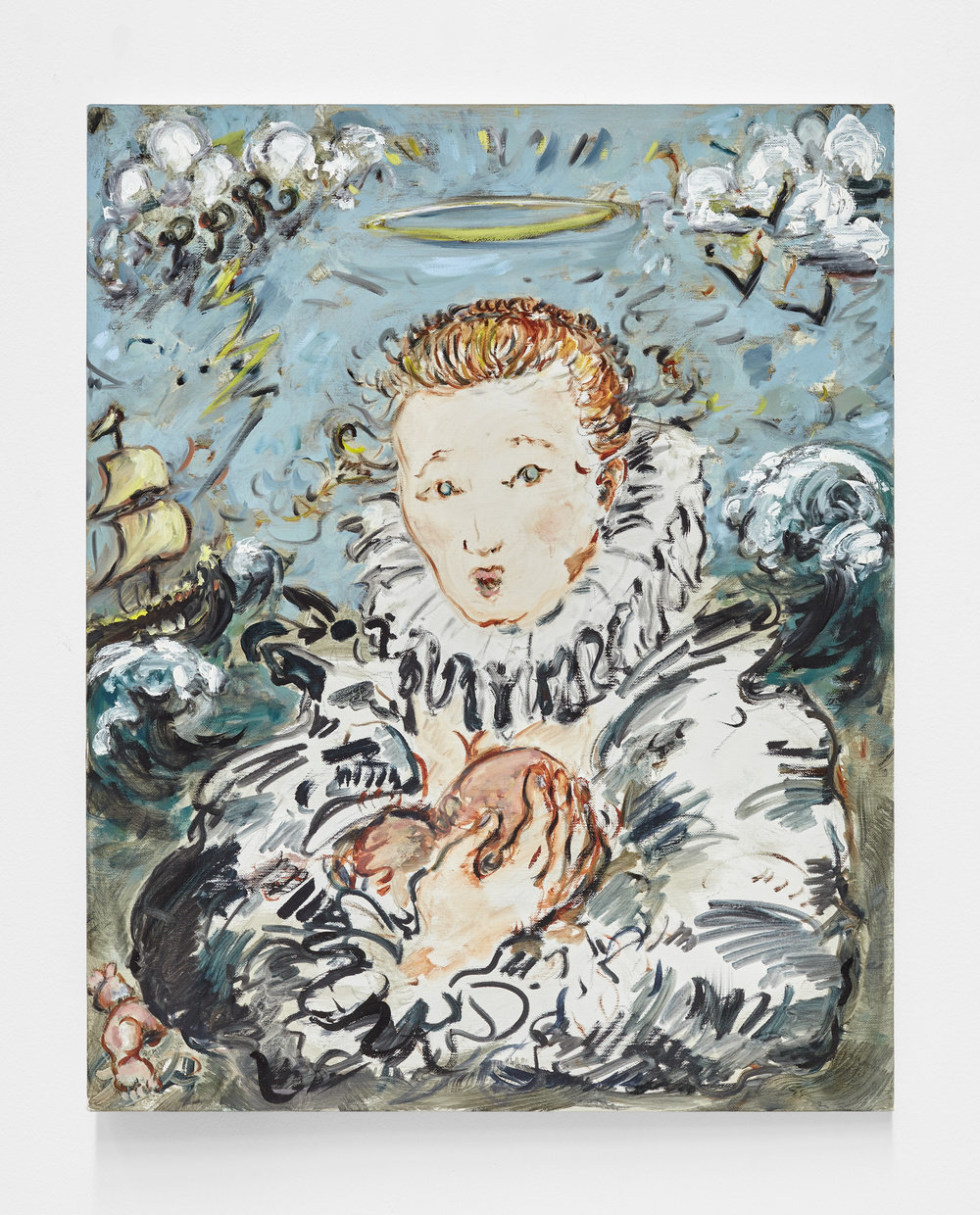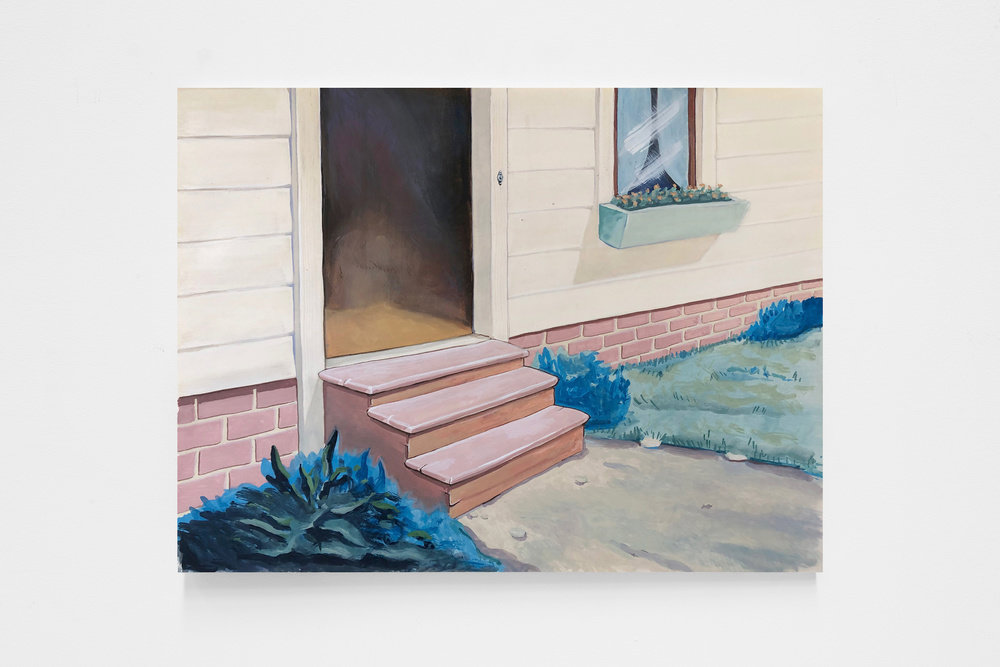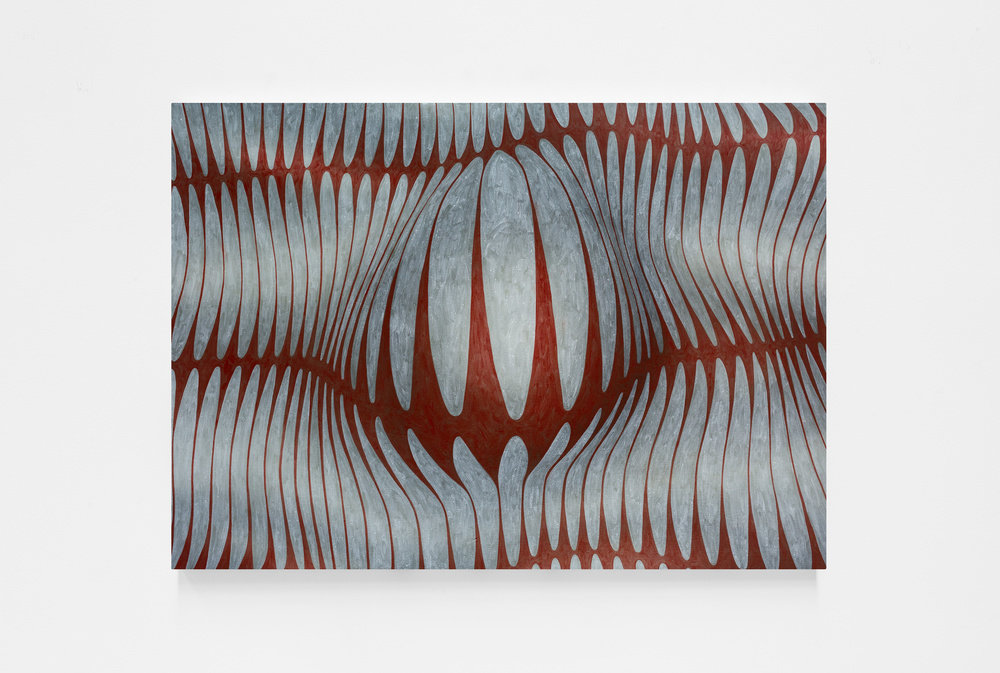

Blum & Poe Broadcasts presents a preview of a forthcoming exhibition Sympathetic Magic organized by Bill Powers, with works by Alex Becerra, Louis Eisner, Eddie Martinez, Geoff McFetridge, Tanya Merrill, Anna Park, Rene Ricard, Peter Schuyff, and Vaughn Spann.
To subscribe to our mailing list, please click here. To be in contact with our team, please follow the INQUIRE links below.
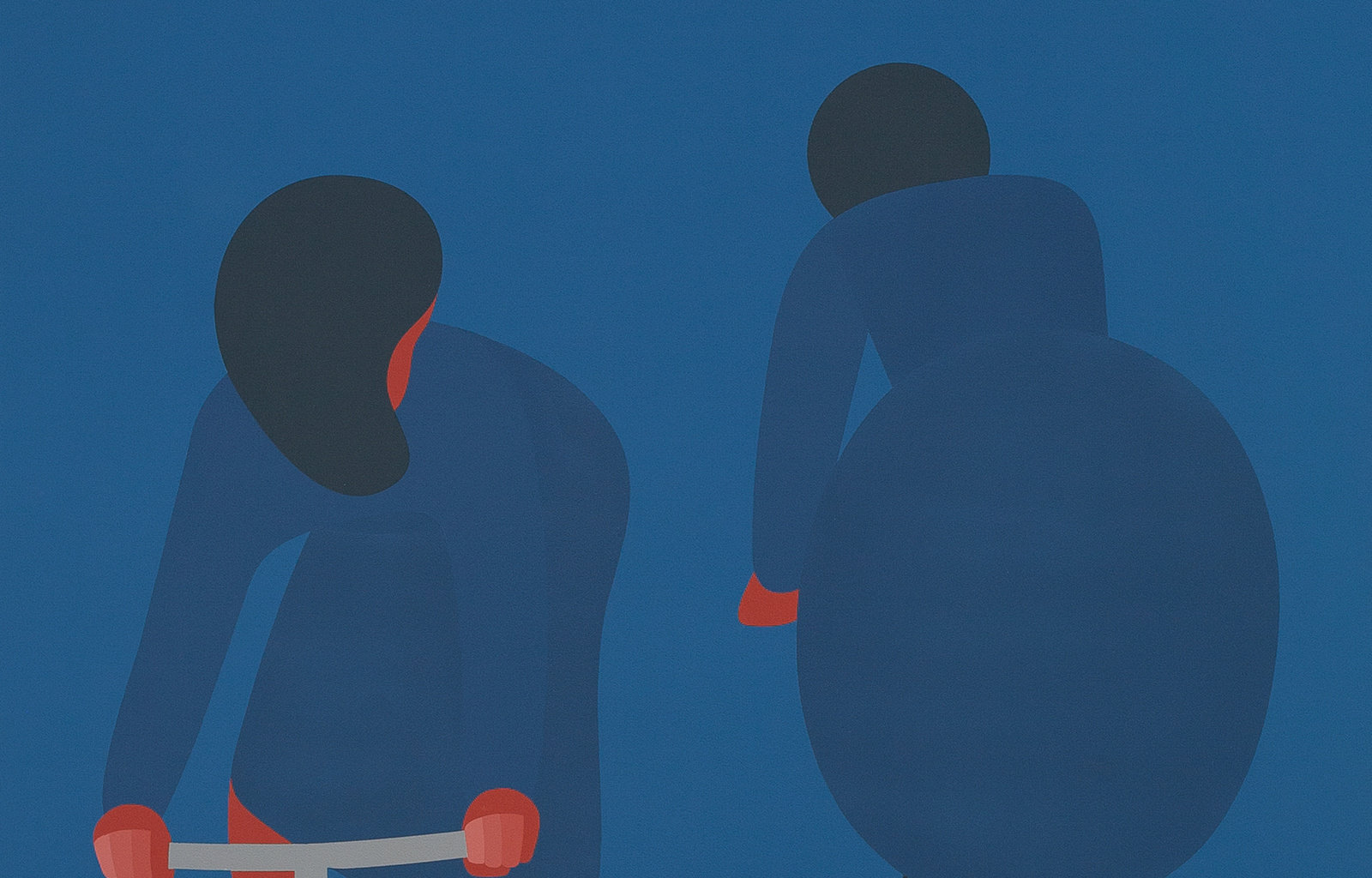

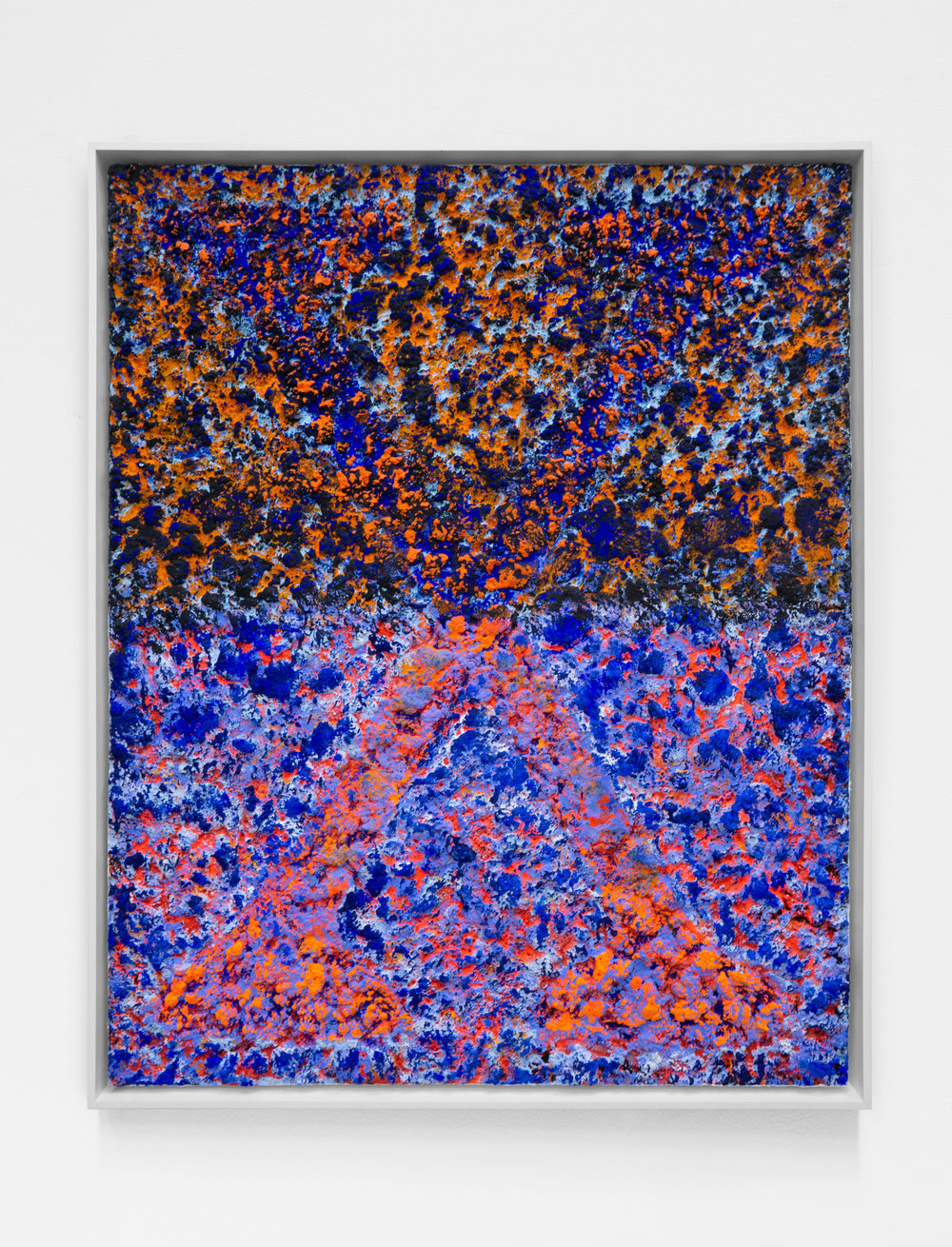
“When you think about mythologies, so much of the context is linguistic. I look at my Marked Man paintings and the X as a signifier, its relationship to the human body … Anyone who travels through airport security knows the screening process of putting your arms up, your legs spread ... The impetus for that series was an incident where I was stopped and frisked. I’m not trying to reinvent the wheel with an X painting. The challenge is to assign it new meaning.”
— Vaughn Spann (in conversation with Powers in the forthcoming September issue of MUSE Magazine)
I first encountered the term "Sympathetic Magic" from the writer Glenn O’Brien, who shorthanded it to mean good voodoo. When a painting is imbued with supernatural qualities or predictive powers, such as Christians praying to an oil painting of Jesus or insertions made into a power figure from the Democratic Republic of Congo, sympathetic magic ignites.


For the purposes of this group show, we echo such sympathies, through a secular or even humanist lens. Sympathetic Magic was originally slated to open late May 2020, but due to our global situation the physical show in Los Angeles is now scheduled to open in September. In the interim, and preceding an announcement of all two dozen artists to be included in this exhibition, we present an online preview of works from a handful of those individuals participating.
It might help while browsing these selections to inhabit a viewer's perspective from a pre-photography or at least pre-Photoshop era. Our reverence for imagery operates amidst different parameters now, compared to the mythology we previously built around symbols, the fantastical nature of the palindromic, reverberating broadly.
Consider, for instance, Peter Paul Rubens' portrait of his daughter Clara Serena from 1623 which surely became a means for the artist and his first wife Isabella to hold dearly on to the recollection of their child's face after she died prematurely at age twelve. In our Sympathetic Magic show, the painter Tanya Merrill pictures Clara alive still and fully embracing her womanhood.
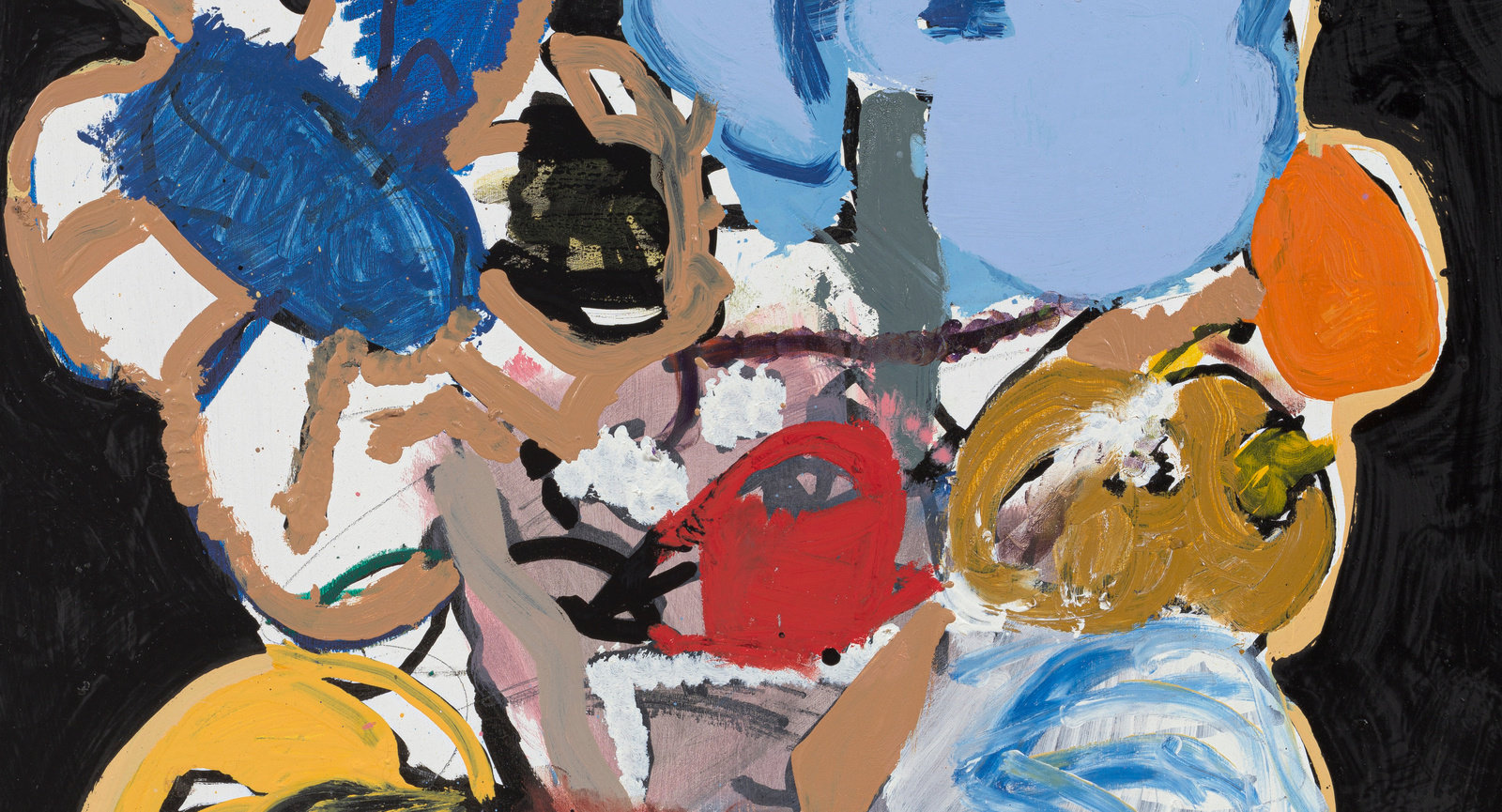

Other traditions and notions around memento mori have survived obsolescence in the digital age. Eddie Martinez’s LA Flowers in Black (2020) corresponds to the past while remaining inextricably now; its stark background a silent shroud to our times as much as any depiction of Christ defeated. Some art historians suggest that even cave paintings might be a form of sympathetic magic as shamans created vignettes on the stone walls to help manifest a bountiful hunt. This mindset is not so distant from scholars who refer to science fiction as speculative fiction, because we must dream of the possibility of innovation or progress before it can be realized.
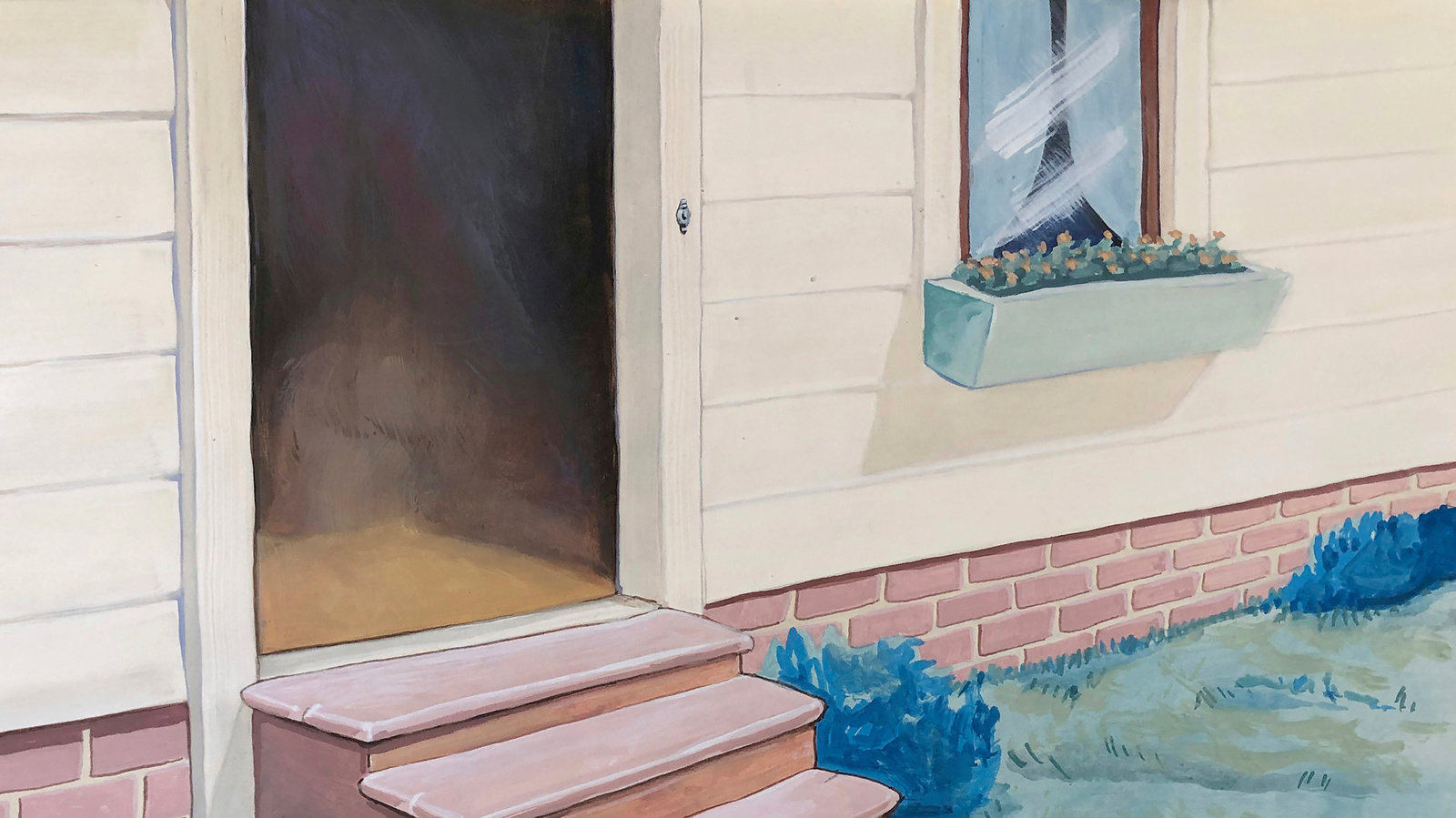

The complicated dynamics of this internal exchange is exemplified in Rene Ricard’s Naïveté the belief that art is exalted (1992). He instructs us to remember that his painting is nothing more than cheap pigment on paper—and yet he dedicates his life to art, a foolish endeavor it might seem to the more practically-minded. If the viewer embraces Rene, then his art is exalted, and his naive wish made true.
— Bill Powers
